So I've been a little quiet on the editing side of this blog. Wording the how-to's has been my mental block. But good news, some interesting reading without imaghes on the steps to follow...
---o0o---
So, I was driving the Longtom Pass, Mpumalanga from Sabie to Lydenburg. It was along these lovely winding turns and bends that I watched as the sun set. Fortunate for me, winding these roads and having many a place to appreciate, I spotted this gem. A once off, a must-stop, rolled passed, quickly reversed and bounded out the car. Surveyed the area to see what sort of composition I could get out of this and well... after snapping here and there, crouching, stretching, tilting and eventually kneeling did I get the "luck shot" (only took me around a dozen attempts). Sun was perfectly positioned, The khaki weeds and this fire stricken tree all sitting uh, I mean, standing just right, allowing a channel through leaving the peak of the mountain and the sun well, near perfect.
Um, before I continue, the clouds you see, they're not clouds. There was in fact a huge fire just north of this location and it was churning smoke in masses. Oh man, this created such a perfect scene. Gave it drama, mood and a great breaker between the remains of the day and the beginning of night... Shot at 1/250 sec exposure, aperture F8 and ISO 100 while exposure bias remained 0. Yeah, off camera looks good... but I like rich, bold colours, it's my thing so you know what's going to happen next, right? Right.

So, in Photoshop(R) I just played around with the contrast/brightness and the usual shadow/highlights, like always. Am I getting predictable? Hope not... So with a few added layers, I adjusted the sky, Toned the hot-spot known as the sun and adjusts the curves just a pinch.
---o0o---
Yeah, so now it's nice, but if you've read some of my other posts, you'll know, nice isn't enough. I WANT MORE!! MWAHAHAHAAAaaaa... erm... okay, Dr. Evil laugh doesn't work for me either.
Anyways, back to task. Here goes...
1: Lighten the foreground... New (soft) layer, painted with white where needed. Remember to trim the excess if need be to add to the feel. You'll get the hang of it of you practice enough.
2: Darken the sky... What for? Because I said so, this is my pic and that's what I've done :). Okay, seriously, it was done to add to the mood of the image (these whit and black layers also double as dodge and burn). So, another soft light layer, painted black over the areas I wanted darker. Remember again, trim off the excess, there will be overflow (I did this to keep the outer area darker than the center closer to the sun to help draw the eye into the image). Don't use 100% eraser, keep it to around 30%, this way you can still get a nice blend and effect.
3: Start adding objects... For this one, I added a crow from a failed attempt at getting a BIF (Bird In Flight), positioned just right can make or break an image. Furtuantely for me, this one had blue sky all around so cutting it out was easy. Painted it black to get the silhouette. I duplicated the layer, blured that layer and set it to soft light. This creats a sense of OOF (Out Of Focus) and adds to the sense of motion. Now add another soft light layer and get your white paint ready, set to around 30-40% opacity. I did this to accentuate certain parts of the bird just slightly, creating depth and perspective.
4: Continue addining objects... Don't overkill on things added... if you have a good image, you don't want to destroy it altogether, just make it interesting. The planet/moon/anything else you might think it is was diffilultly easy. No, seriously, to get the angle, placement and lighting right, can be a challenge. What I did here, was to add a new layer, get a big white solid brush and smack it down, like a stamp, boom. Now I have a white dot on my image (removeable layer of course) which needed lots of tweaking. Step one, a soft brush eraser, around the same size as the paint spot. Cool, getting there... now I have a nice white crest sort of thing that fades, pretty much like the moon would... so, with this eraser (now reduced drastically in size and opacity) I dabbed the remains here and there (with different size brushes) until I'd creted some nice uh, let's call them craters... but, it's STILL WHITE!! That's just not going to do! Easy fix, eyedropper tool, picked an orange from my sunset and back to paint. I added a new layer again, soft light of course (don't worry about the white spot, getting back to that) and spread a soft brush of orange over the white, remeber to erase the excess, it looks funny if you don't. Awesome, looks good. Back to the previous layer again for final adjustments. This time, I played with the master opacity and master fill opacity to get the blend done. So that's it. Done.
Oh, wait!
5: Lens Flair... Good point, I nearly forgot. Okay, I duplicated the backround layer, added the lens flair (try make sure you get the position right or it will look out of sorts and make no sense). Once I had that done, it seemed odd, ah yes, eraser again, to trim it off the foreground some, the reason for that was so I could reduce the opacity and still keep the foreground. This also helped to make the flairs seem more distant than they should... adds mistery amd intrigue.
So, I'm done, the results are below. I hope I got you interested, if not, sorry... ask me and I'll go into my archives and try fill in the blanks.
---o0o---

Share this on Twitter, or Facebook, tell your friends and get the word out on cool tricks.

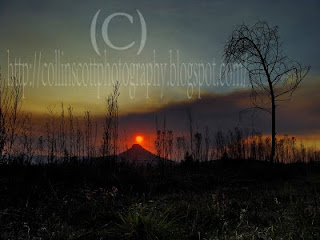











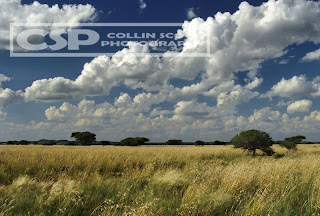


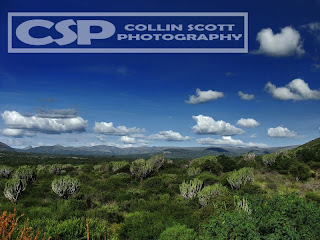





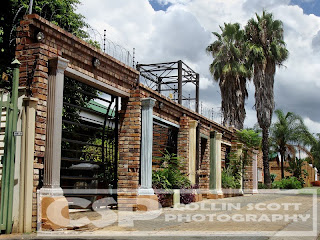
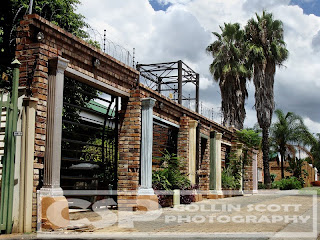




 These photos were taken in quick succession of each other so you can imagine this all went down quite quickly.
These photos were taken in quick succession of each other so you can imagine this all went down quite quickly. 

 Final stages of the process.
Final stages of the process.









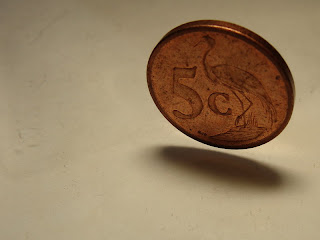 I took the image into my trusty Photoshop and got to playing with ideas. I didn’t know at the time of capture what I wanted to do with it but I soon got some ideas.
I duplicated the layer 4 times and then got to work on each individual layer.
I took the image into my trusty Photoshop and got to playing with ideas. I didn’t know at the time of capture what I wanted to do with it but I soon got some ideas.
I duplicated the layer 4 times and then got to work on each individual layer. 


